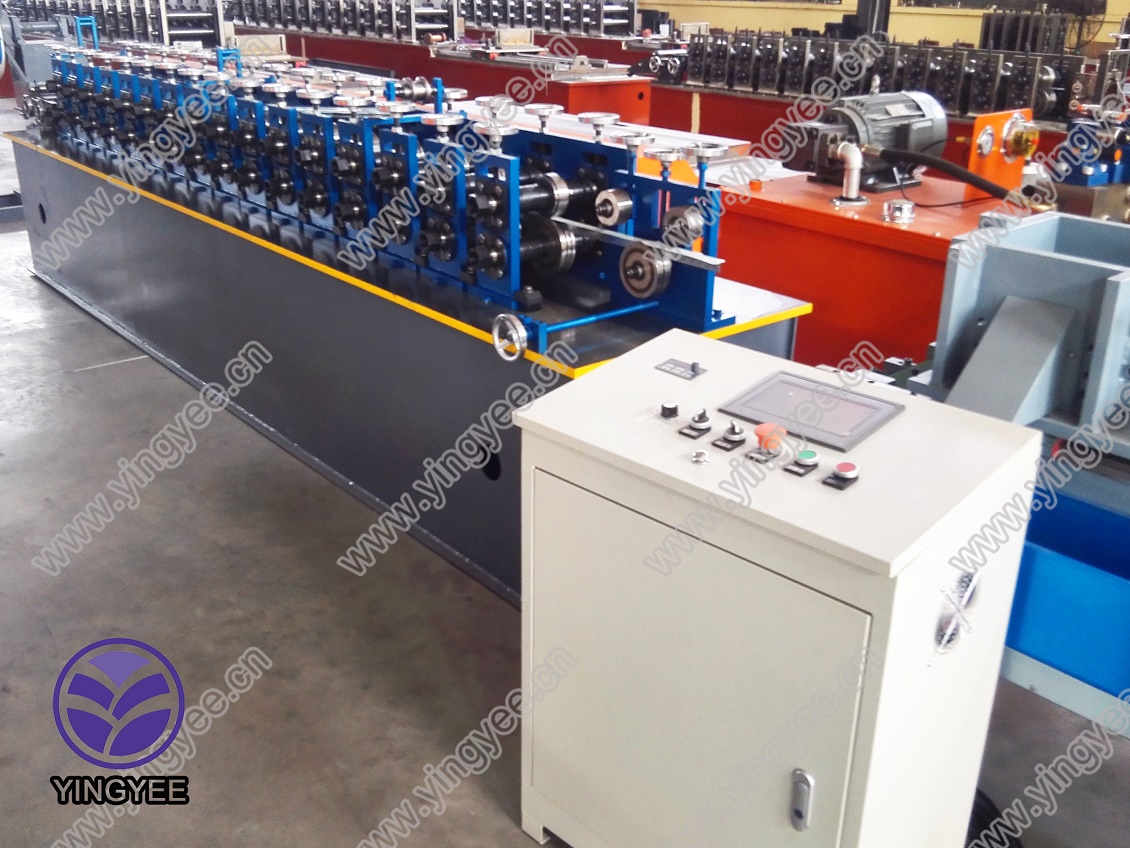
The Evolution and Impact of Construction Machinery
Construction machinery has revolutionized the way we build and shape our environments, playing a pivotal role in the construction industry. From humble beginnings, these machines have evolved significantly, incorporating advanced technology and innovation that enhance efficiency, safety, and productivity. This article explores the evolution, types, and future of construction machinery and its substantial impact on the industry and society.
Historical Perspective
The history of construction machinery dates back to ancient times when simple tools and contraptions were developed to move heavy materials. The invention of the steam engine in the 18th century marked a significant turning point, paving the way for mechanized equipment. The introduction of steam shovels, cranes, and other machinery in the late 19th and early 20th centuries transformed construction practices, allowing workers to complete projects far more quickly and safely than before.
As technology progressed, so did machinery capabilities. The mid-20th century saw the rise of hydraulic systems, which allowed for the development of more powerful and versatile equipment. Today’s machinery is equipped with digital technology, GPS, and automation, further enhancing their efficiency and accuracy.
Types of Construction Machinery
Construction machinery encompasses a wide variety of equipment, each designed for specific tasks. Key categories include
1. Excavators These are essential for digging and earthmoving. They are equipped with a bucket and an arm, allowing operators to perform tasks ranging from trenching to material handling.
2. Bulldozers With a wide blade in front, bulldozers are used to push large quantities of soil, sand, or debris. They are indispensable in site preparation and grading operations.
3. Cranes Cranes are critical for lifting and moving heavy materials vertically. From tower cranes on skyscraper sites to mobile and crawler cranes used in various applications, they provide the necessary versatility to handle large-scale projects.
4. Loaders These machines are designed for loading materials into trucks or onto other machinery. They are especially useful in quarrying and mining operations.

6. Pavers and Rollers Used primarily in road construction, pavers lay asphalt or concrete surfaces while rollers compact the materials to create a smooth finish.
The Role of Technology
Modern construction machinery integrates cutting-edge technology to streamline operations. For instance, telematics allows for real-time tracking of equipment performance and location, enhancing fleet management and reducing idle time. Autonomous machinery, such as robotic excavators, is gradually being implemented, increasing safety by minimizing human involvement in hazardous tasks.
Moreover, advancements in green technology have given rise to eco-friendly machinery. Electric and hybrid machines are becoming increasingly common, reducing the carbon footprint associated with construction activities.
Economic and Social Impact
The impact of construction machinery on the economy cannot be overstated. By increasing the efficiency of construction projects, these machines help reduce costs, shorten project timelines, and ultimately stimulate economic growth. Large-scale infrastructure projects, facilitated by advanced machinery, create jobs and improve public services, contributing to overall societal well-being.
In addition to economic advantages, construction machinery also enhances safety. By automating potentially dangerous tasks and providing advanced safety features, the risk of accidents on construction sites is significantly reduced, protecting workers and improving workplace conditions.
The Future of Construction Machinery
Looking to the future, the construction machinery industry is poised for further innovations. The rise of sustainable practices is likely to drive the development of more energy-efficient machines and increase the use of alternative fuels. Furthermore, integrating artificial intelligence and machine learning into construction processes will enhance predictive maintenance and resource management, providing smarter, more responsive solutions.
In conclusion, construction machinery has dramatically transformed the construction landscape, making projects faster, safer, and more economical. As technology evolves, the industry will continue to innovate, pushing the boundaries of what is possible in construction and infrastructure development. This progression not only reflects advancements in engineering and technology but also underscores the vital role machinery plays in shaping our built environment for future generations.